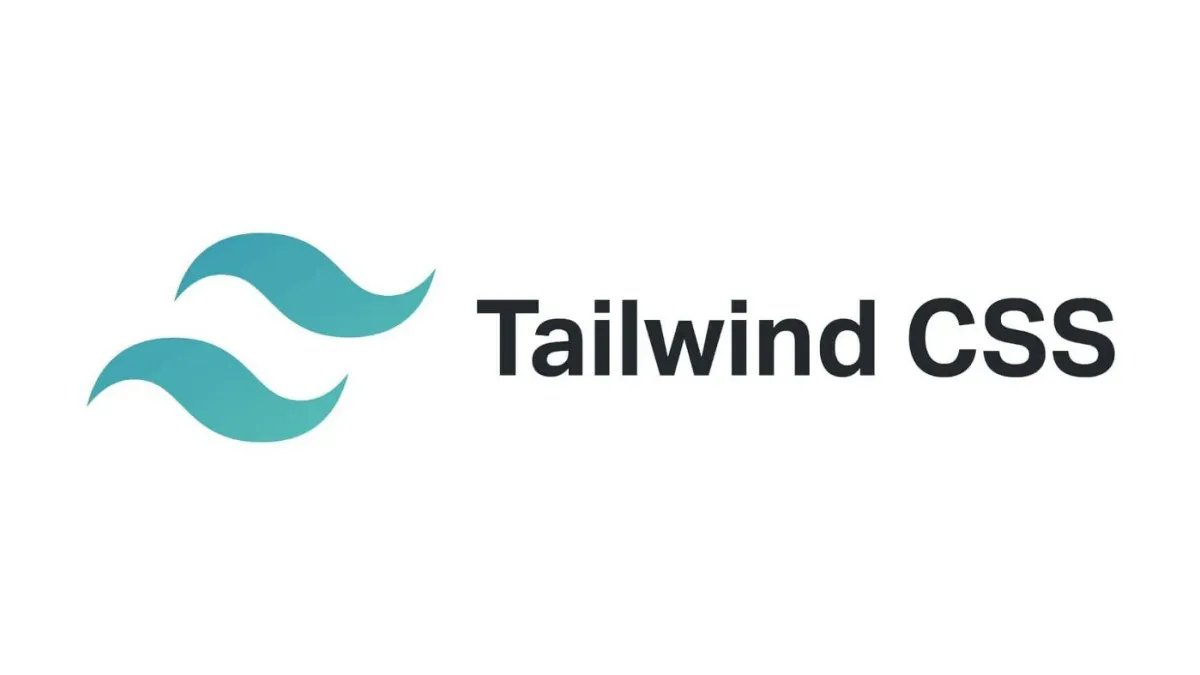Speed Up Your Projects with Tailwind CSS
How does Tailwind CSS, with its utility-first approach, make it easy to create modern and customizable designs?

Eren Özdemir
April 20, 2024 • 6 dk

What is Utility-First?
Unlike traditional CSS frameworks (like Bootstrap, Foundation), Tailwind CSS does not provide pre-designed UI components. Instead, it offers low-level 'utility' classes like flex, pt-4, and text-center. This approach allows you to build completely custom designs without ever leaving your HTML. It eliminates the hassle of coming up with 'semantic class' names and prevents your CSS file from growing bloated.
What are the Advantages?
- Rapid Development: Speeds up the development process by allowing you to build your design directly in your HTML.
- Customizability: You can easily customize everything from the color palette to spacing through the
tailwind.config.jsfile. - Performance: It automatically removes (purges) all unused utility classes in production builds, resulting in extremely small CSS files.
- Consistency: Ensures your design system remains consistent, as developers choose from a predefined set of options.
When to Use It?
Tailwind CSS shines especially when used in conjunction with a component-based JavaScript framework (React, Vue, Svelte). It enhances modularity by allowing each component to house its own style and structure. However, it can be initially confusing for those new to CSS.
Conclusion
Tailwind CSS is a powerful and flexible tool for modern web development. While it may require you to change your traditional CSS writing habits, the speed and consistency it offers make it a valuable choice for many projects.